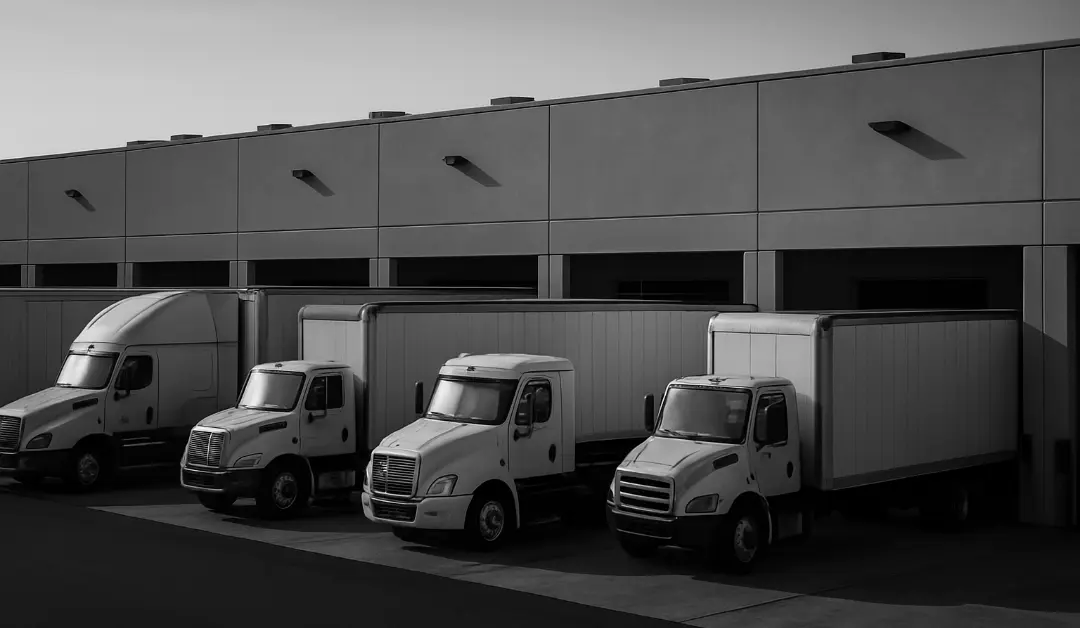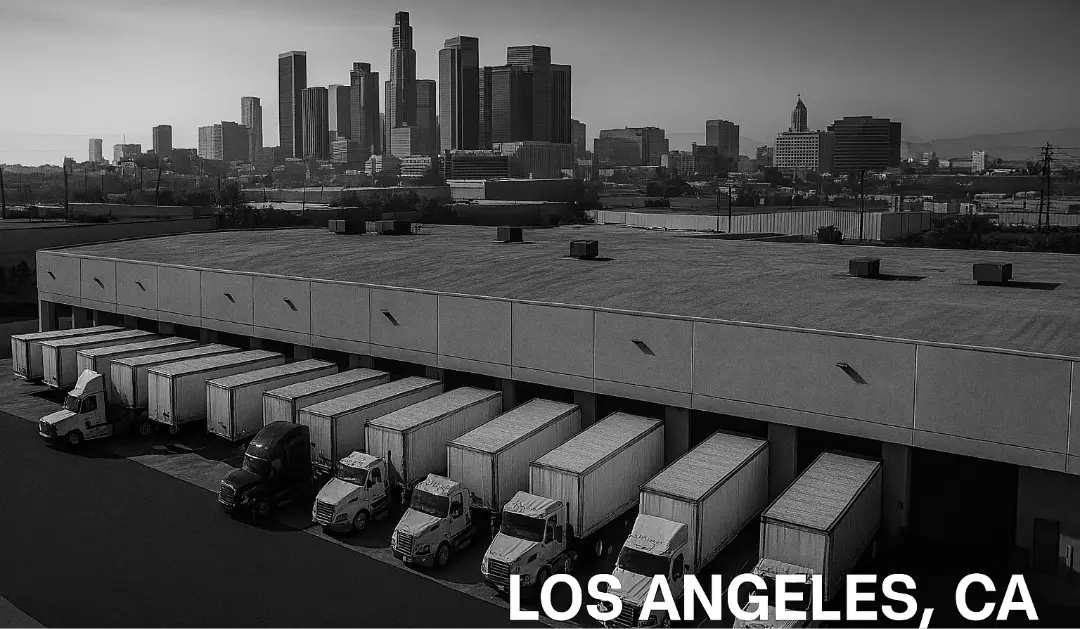You started out doing the shipping yourself. You loved putting products into packages and printing the labels because it represented all the hard work you’ve invested in starting your business.
Now, your online store is growing, and shipping has turned into a headache. It needs to be done every day, but your business has a lot of other needs, too.
If you’re currently evaluating whether you should expand your operations and hire someone to take over fulfillment, you may want to consider a third-party logistics provider (3PL) to do the job for you.
What is a Third-Party Logistics Provider (3PL)?
A 3PL is a logistics provider that allows you to outsource your fulfillment operations. The provider will handle various business activities for your company, such as:
-
- Warehousing
- Distribution
- Fulfillment
- Inventory management and forecasting
- And more
Sooner or later, there will come a time when it will be necessary to enlist a 3PL (or expand operations to do it yourself). If you’re starting to run out of space or are shipping around 10-20 daily orders on your own, a 3PL can help you save time so you can focus on business.
It’s also an excellent investment if you’re looking to expand overseas or adapt to seasonal changes. Here’s what to consider to pick the 3PL that’s the right fit for your business.
Payment History and Financial Stability
When choosing a 3PL, consider what would happen if they were to shut down or go bankrupt suddenly. If you’re not ready, it could have brutal consequences for your business.
It’s always better to be safe than sorry, which is why you need to pick a 3PL with financial stability and a solid payment history. You’ll be saving yourself a lot of trouble in the long run.
Do your research and ask around to learn more about how they’ve handled payments in the past. If they have a history of not being reliable, then it’s best to move on and find a better partner to fit your needs.
Excellent Industry References
Not all 3PLs are created equal. You’ll also have to find out what others in the industry say about their services, along with strong financial stability.
One of your goals during your research should be to network with their existing customers and get their opinions on the 3PL. Here are some questions you can ask them to learn more about how the logistics provider does business:
- Is the 3PL easy to work with?
- Are their customers satisfied with the results they’re getting?
- How much money could they save on shipping, labor, and other rates?
- Does the 3PL offer reports and updates on key performance metrics?
- How were they able to scale thanks to the logistics provider?
Technology Integrations
There’s plenty of technology that helps you manage your supply chain easier. A quality 3PL should be able to integrate tools that give access to automation, connect with major carriers, and help you get the best rates.
Look at the 3PL’s website and see which e-commerce integrations are possible when you work with them. They should be able to integrate with the best platforms, such as:
-
- Amazon
- WooCommerce
- Shopify
- Whatever your store needs
Their Industry and Area Specialization
Specialty is key to finding the perfect 3PL. The right 3PL for your business depends on your location, the type of products you sell, and your current logistical needs.
For example, let’s say that you’re selling high-tariff items such as consumer goods and luggage. An option to consider is cross-border fulfillment, which is perfectly legal if you sell items with a 15+ tax rate.
Another aspect to consider is the 3PL’s location. Thanks to Amazon, customers expect to receive their products as soon as possible. As a result, it may be better to choose a 3PL that’s close to your customers. That will save you on shipping costs and keep delivery times to a minimum.
You can save on shipping costs by using one in the middle of the country or close to the region where you make the most sales. Larger 3PLs will have multiple locations you can leverage to cover the entire country.
A Strong Business Relationship
Collaborating with a 3PL is different from other traditional businesses. They are crucial in growing your business and effectively getting your product into customers’ hands.
To build a strong relationship with the 3PL, you want to know exactly what you need. Outlining your goals to the logistics provider will help set clear expectations that will lead the way to a solid partnership.
This should include:
-
- Expected level of service – how fast do things get out the door?
- Accuracy levels – sometimes, they ship the wrong product.
- Cost to ship each package (with a breakdown for different SKUs)
- How do they handle returns?
3PLs are notorious for being bad at handling returns. Have a frank discussion with any potential vendors so that you understand what they’re willing to do (and not do). Some will do it (for a price), but there are many with piles of unsorted returns sitting in their warehouse.
Scalability
Each company’s goal should be to grow and eventually reach a global market.
As your company starts to scale, its needs will change over time. You must consider what happens as you grow in SKUs and regions and hire more employees.
The right 3PL will fuel that growth and help you take your business to the next level. For example, the holidays are a period that significantly influences the supply and demand of your products.
A high-performing 3PL should also help you adapt to unexpected events. In the case of a natural disaster, you want to ensure they know how to handle the crisis and minimize the damage to your business.
When you meet up with a potential 3PL partner, ask them what their primary strategy is for scalability. It’ll show you if they’re worth the investment or not.
Pricing and Budget
Lastly, you’ll have to factor in your current budget. Investing in a 3PL can be costly, but it’s not a reason to go after the cheapest option.
As mentioned in this blog post, investing in the right 3PL helps you scale and grow your reach. A cheap 3PL is useless if it can’t adapt to unexpected situations and loses you money in the long term.
Many 3PLs will charge a flat fee, while others will charge variable pricing depending on your product type. Let’s take a look at an example:
You’re a clothing company with a high SKU that ships lightboxes. If your 3PL charges companies based on their SKUs, you will get charged more.
When checking out 3PLs, comparing pricing is just as important. Here are some questions that you should be asking the 3PL:
- Does the 3PL come with an onboarding fee?
- What type of products do they specialize in?
- Does the 3PL charge based on the number of orders?
- Do they take care of customer returns?
- What kind of inventory transparency do they have?
At the end of the day, what matters is your return on investment. Partnering with a third-party fulfillment company can save you time and reduce labor costs at a significant price.
Wrapping Things Up
It takes a lot of time and research to find the 3PL that’s the right fit for your business. With these seven things to consider, you should have a clear idea of what to look for and find the best for you.
eHub manages a network of 3PLs with our technology. If you’re considering a 3PL for your fulfillment needs, we can help you find the right one for you.




